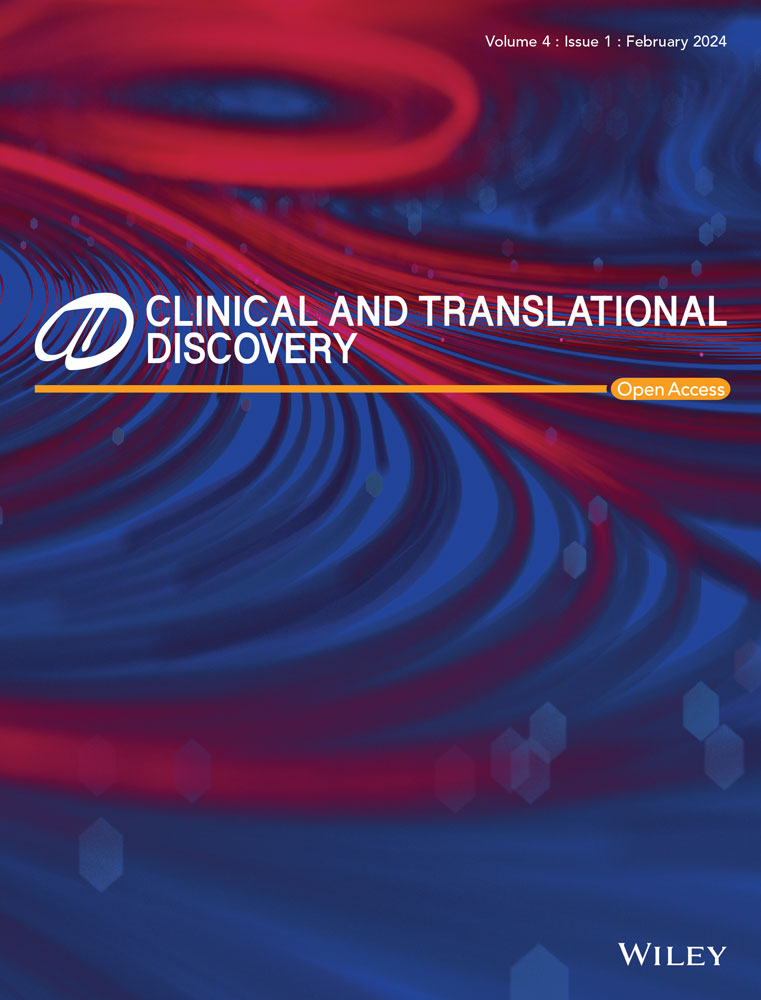Financial conflicts of interest in Japanese obstetrics and gynaecology clinical practice guidelines
Abstract
This commentary analysis evaluated the size and prevalence of financial conflicts of interest among authors of Japanese obstetrics and gynaecology clinical practice guidelines. Our analysis found that 66% of all authors received personal payments totalling US$1.2 million during the guideline development period. Furthermore, the guideline chairpersons received much larger payments than those to other authors.
Clinical practice guidelines (CPGs) are pivotal in facilitating evidence-based decision-making in patient care.1 Ensuring transparency and adhering to rigorous methodologies, particularly in relation to conflicts of interest (COIs), is imperative for the credibility of these CPGs. Prior studies have shown that 50.8% of the authors of the American College of Obstetricians and Gynecologists (ACOG) CPGs received an average general payment of $794 over 3 years,2 which is among the lowest monetary values reported across various medical specialities. In contrast, executive board members of the Japan Society of Obstetrics and Gynecology (JSOG) were found to be the recipients of the ninth-largest amount of personal payments among nineteen medical societies in Japan.3 Considering that JSOG's reports indicate that 97% of Japanese obstetricians and gynaecologists base their clinical decisions on JSOG's CPGs, evaluation of financial COIs among CPG authors is vital for ensuring transparency and integrity.
Utilizing a publicly accessible online database that includes compensation payments from over 80 major Japanese pharmaceutical companies to physicians,4 we conducted an assessment of the magnitude and scope of financial relationships between these companies and the authors of two CPGs issued by JSOG in April 2020: the Clinical Practice Guideline for Obstetrics 2020 (OBCPG) and the Clinical Practice Guideline for Outpatient Gynecology 2020 (GYNCPG). We extracted data on payments made to the CPG authors between 2016 and 2019.
Among the 103 authors of OBCPG and GYNCPG, 68 (66.0%) received payments amounting to a total of $1 174 508 over 4 years (Table 1). The mean payment per author during this period was $11,403 (standard deviation: $22 056), with a median payment of $2010 (interquartile range: $0–$8902). The chairperson and vice-chairperson of the OBCPG development committee received personal payments of $15 213 and $695, respectively, over the 4-year period. Similarly, the chairperson and vice-chairperson of the GYNCPG development committee received payments of $94 129 and $16 288, respectively. Notably, seven out of the eight chairpersons and vice-chairpersons (87.5%) had financial ties to pharmaceutical companies. Moreover, there were no conflict of interest (COI) disclosure statements with the authors' names in the guidelines. Thus, we could not assess the accuracy of self-reported COIs by authors against the database-reported COIs by pharmaceutical companies.
| Variables | 2016 | 2017 | 2018 | 2019 | Overall |
|---|---|---|---|---|---|
| Total payments, $ | 267 281 | 275 243 | 310 896 | 321 089 | 1 174 508 |
| Mean (standard deviation), $ | 2595 (5526) | 2672 (5391) | 3018 (5754) | 3117 (6405) | 11 403 (22,056) |
| Median (interquartile range), $ | 0 (0‒1740) | 497 (0‒2565) | 504 (0‒2673) | 0 (0‒2857) | 2010 (0‒8902) |
| The number of authors receiving payment, n (%) | |||||
| No payments | 52 (50.5) | 49 (47.6) | 49 (47.6) | 53 (51.5) | 35 (34.0) |
| > $0 | 51 (49.5) | 54 (52.4) | 54 (52.4) | 50 (48.5) | 68 (66.0) |
| > $1000 | 36 (40.0) | 41 (39.8) | 47 (45.6) | 40 (38.8) | 62 (60.2) |
| > $5000 | 15 (14.6) | 17 (16.5) | 20 (19.4) | 18 (17.5) | 35 (34.0) |
| > $10 000 | 8 (7.8) | 9 (8.7) | 11 (10.7) | 10 (9.7) | 25 (24.3) |
| > $30 000 | 1 (1.0) | 1 (1.0) | 2 (1.9) | 1 (1.0) | 14 (13.6) |
A key finding of our analysis is that 66.0% of the authors involved in Japanese obstetrics and gynaecology CPGs received personal payments totalling approximately $1.2 million during the development of the CPGs. Although these percentages and the mean personal payments to authors were the lowest compared to those in other specialities previously reported in Japan,5-7 they were significantly higher than those reported among ACOG CPG authors.2 Furthermore, the substantial personal payments to the CPG chairpersons and the lack of COI disclosures highlight notable deviations from the current international standard of COI management strategies for developing trustworthy evidence-based CPGs.1, 5-7 There is a pressing need for greater transparency regarding financial COIs between CPG authors and the healthcare industry, as well as for more robust management strategies in future editions of OBCPG and GYNCPG. Nevertheless, we previously reported that COIs in CPG development, CPG authors, and influential physicians were insufficiently managed in Japan.5-11 Again, we recommend that all professional medical societies develop and implement more transparent and rigorous COI management policies to provide evidence-based medicine to general physicians and improve patient care with their CPGs.
AUTHOR CONTRIBUTIONS
Anju Murayama: conceptualization; methodology; resource; software; formal analysis; investigation; writing—original draft; writing—review & editing; visualization; study administration. Keishi Miyazawa: methodology; software; formal analysis; writing—original draft; writing—review & editing; visualization. Sae Kamamoto: conceptualization; methodology; resource; writing—original draft; writing—review & editing. Haruki Shigeta: conceptualization; methodology; resource; writing—original draft; writing—review & editing. Hinari Kugo: conceptualization; methodology; resource; writing—review & editing. Kenichi Higuchi: conceptualization; methodology; resource; software; writing—review & editing. Yuki Senoo: conceptualization; methodology; writing—original draft; writing—review & editing; supervision.
ACKNOWLEDGEMENTS
We would like to thank Ms. Megumi Aizawa for her dedicated support of our research project.
CONFLICT OF INTEREST STATEMENT
The authors declare no conflict of interest.
FUNDING INFORMATION
Not applicable.
ETHICAL APPROVAL
As all data used in this study were publicly availableand met the definition of non-human subjects research, no institutional reviewboard approval was required.
Open Research
DATA AVAILABILITY STATEMENT
Data sharing is not applicable to this article as no new data were created or analyzed in this study.




